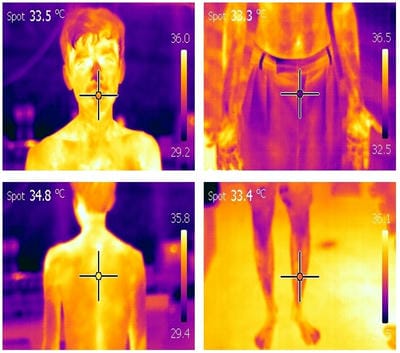Thermophysiological vulnerability to Heat stress among Indoor workers
Dutta P.1*, Chorsiya V.2
DOI: https://doi.org/10.17511/ijphr.2014.i1.04
1* Priya Dutta, Research Associate, Indian Institute of Public Health, Ahmedabad, Gujrat, India.
2 Varsha Chorsiya, Manav Rachana international university, Faridabad, Haryana, India.
Introduction: The present study provides a practical importance to assess the magnitude of thermal stress of workers in indoor environment taking into account the workers physiological responses. Method: The study covered indoor workers iron (N=587years) and ceramics (N=426) in three seasons. Thermal measurements were recorded by Wet Bulb Globe Temperature (WBGT) Monitor. The physiological responses include skin temperature, heart rate and blood pressure. Results: The WBGT index in summer month of ceramic (34.9±2.7°C) was higher than iron foundry works (32±1.7°C). The systolic blood pressures in winter month were higher, as compared to summer months (2mmHg in iron and 11mmHg in ceramic). About 32% of iron and ceramic workers had working heart rate greater than 100 beats/min and 3% beyond 130 beats/min during the working day. The skin temperature (Tsk) profile and weighted skin temperature (Tsk) were significantly higher in summer, followed by post-monsoon and winter months. Discussion: The study assesses the physiological and thermoregulatory responses of workers to heat stress and strain for their exposure to extreme hot environment. The limit of peripheral thermoregulatory adjustability may be considered beneficial and can be taken away from the fury of high heat.
Keywords: Thermal stress, WBGT, Tolerance time, Physiological response
| Corresponding Author | How to Cite this Article | To Browse |
|---|---|---|
| , Research Associate, Indian Institute of Public Health, Ahmedabad, Gujrat, India. Email: |
Dutta P, Chorsiya V. Thermophysiological vulnerability to Heat stress among Indoor workers. Public Health Rev Int J Public Health Res. 2014;1(1):18-24. Available From https://publichealth.medresearch.in/index.php/ijphr/article/view/4 |


 ©
© 